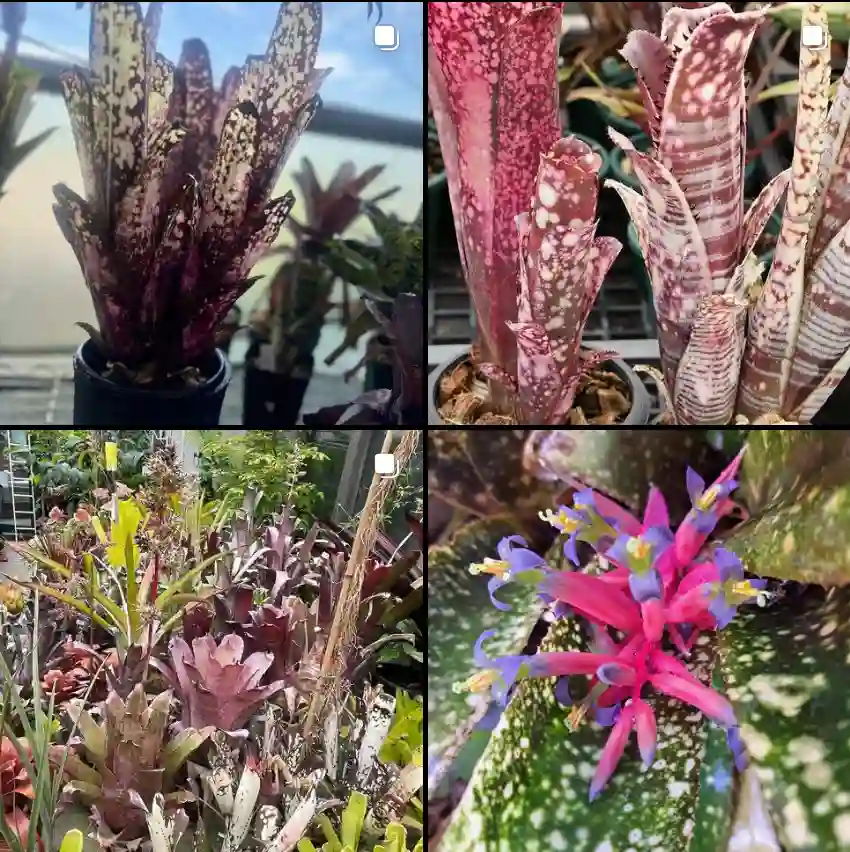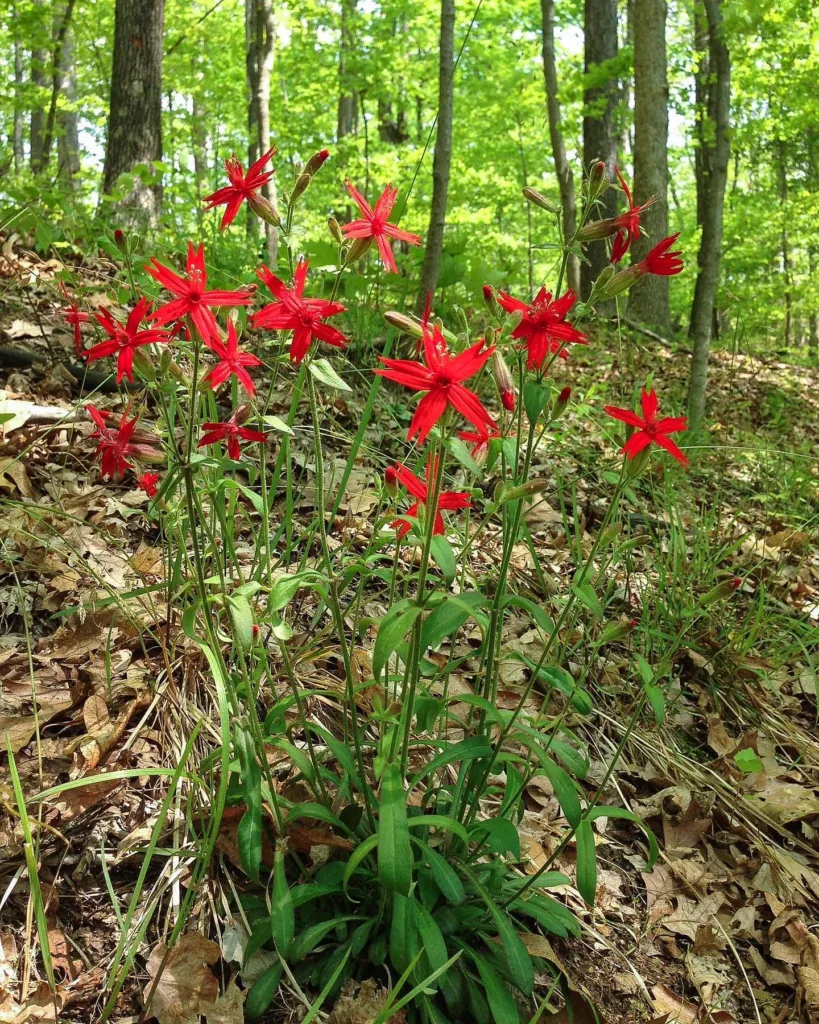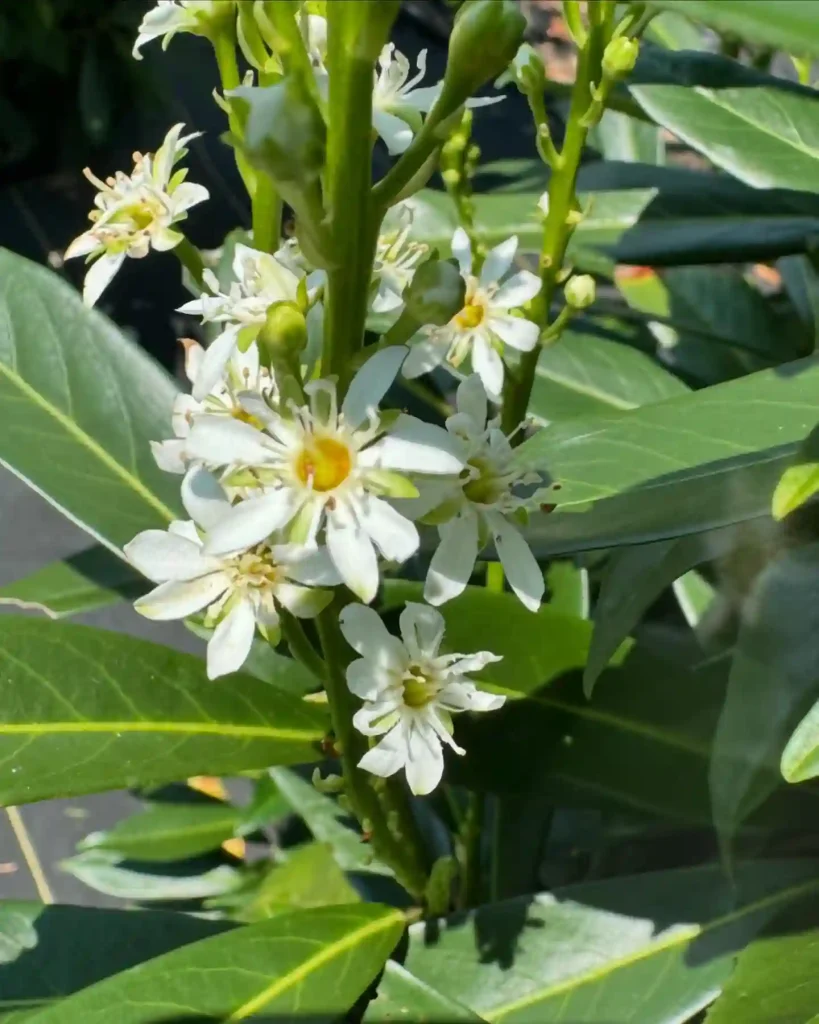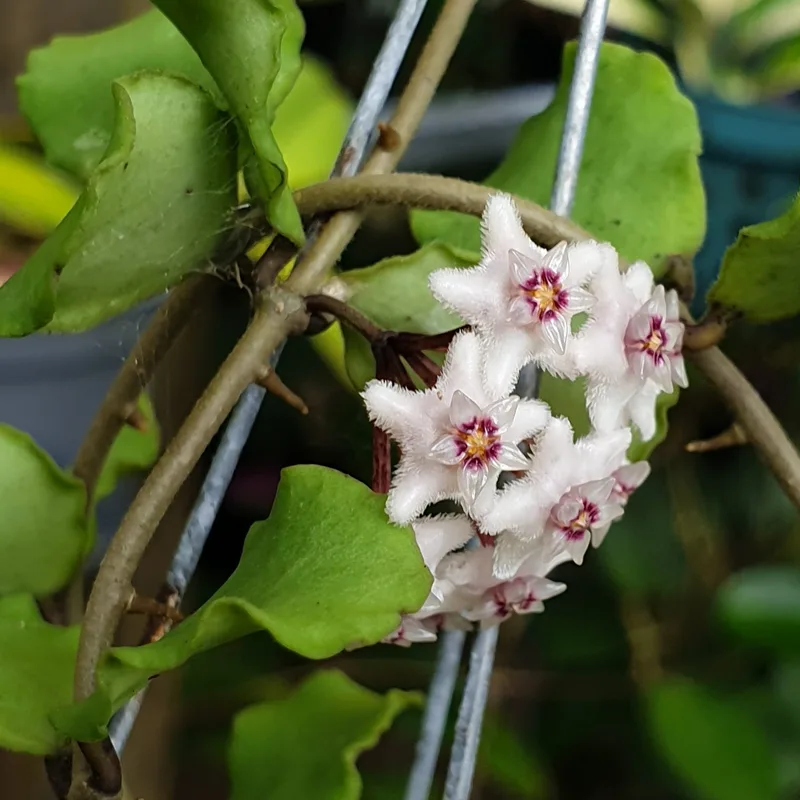FAQs About Acer Grandidentatum
Acer Grandidentatum, often known as the Bigtooth Maple, is a captivating tree species that I’ve come to appreciate for its unique characteristics and versatility. If you’re curious about this tree and considering adding it to your landscape, you might have several questions. I’ll cover some of the most frequently asked questions and share my insights.
168 Species in Genus Acer – Maple Tree
Is Acer Grandidentatum Monoecious?
One common question about Acer Grandidentatum is whether it is monoecious. In botanical terms, monoecious plants have both male and female reproductive organs on the same plant, allowing them to self-pollinate. Acer Grandidentatum is indeed monoecious, which means it has both male and female flowers on the same tree. This trait simplifies the pollination process and makes it easier for the tree to reproduce without needing another tree nearby.
How to Care for Acer Grandidentatum?
Caring for Acer Grandidentatum is relatively straightforward once you understand its needs. Here are some key points to keep in mind:
- Location: This maple thrives in full sun to partial shade. It prefers well-drained soil and can tolerate a variety of soil types, including sandy and clay soils.
- Watering: Regular watering is essential, especially during dry periods. However, it’s crucial to avoid waterlogging, as excessive moisture can lead to root rot.
- Pruning: Prune the tree during its dormant season to maintain its shape and remove any dead or diseased branches. This will help the tree stay healthy and promote a robust canopy.
- Fertilizing: A balanced, slow-release fertilizer applied in early spring can support healthy growth. Avoid over-fertilizing, as this can lead to excessive foliage at the expense of flower and fruit production.
How to Propagate Acer Grandidentatum?
Propagating Acer Grandidentatum can be done through several methods, including seed sowing and cuttings:
- Seeds: Collect seeds from mature trees in the fall. Stratify the seeds by placing them in a moist medium in the refrigerator for about 60 days. After stratification, sow the seeds in a well-drained seed-starting mix and keep them in a warm, sunny location until they germinate.
- Cuttings: Take softwood cuttings in late spring or early summer. Dip the cut end in rooting hormone and plant it in a moist, well-drained potting mix. Keep the cuttings in a humid environment until they develop roots.
What to Plant With Acer Grandidentatum?
Acer Grandidentatum pairs well with various companion plants that complement its aesthetic and growth requirements. Consider planting it alongside:
- Evergreens: Pine or spruce trees can provide a contrasting evergreen backdrop.
- Ornamental Grasses: Varieties like Feather Reed Grass or Blue Fescue add texture and movement.
- Flowering Shrubs: Hydrangeas or Lilacs can offer seasonal color and interest.
Can You Grow Acer Grandidentatum Indoors?
Acer Grandidentatum is best suited for outdoor cultivation. It’s a tree that requires ample space to grow and thrives in natural sunlight and outdoor conditions. Growing it indoors is challenging due to its size and light requirements, and it is generally not recommended.
Is Acer Grandidentatum Toxic?
Acer Grandidentatum is not considered toxic to humans or pets. Its leaves, seeds, and bark are safe, but as with any plant, it’s always a good idea to monitor for any allergic reactions or sensitivities.
Benefits of Acer Grandidentatum
The Bigtooth Maple offers several benefits:
- Aesthetic Appeal: Its large, lobed leaves provide a striking appearance, especially in fall when they turn vibrant shades of yellow and orange.
- Shade: Its dense canopy provides excellent shade, making it a great addition to landscapes for cooling and comfort.
- Wildlife Habitat: The tree supports various wildlife species, including birds and insects, contributing to a balanced ecosystem.
Common Problems with Acer Grandidentatum
Despite its hardiness, Acer Grandidentatum can face some issues:
- Aphids: These pests can infest the leaves, causing them to curl and become sticky. Regular inspection and insecticidal soap can help manage infestations.
- Leaf Spot: Fungal diseases can cause leaf spots and premature leaf drop. Proper spacing and good air circulation can help prevent these issues.
- Root Rot: Ensure proper drainage to avoid waterlogged soil, which can lead to root rot.
Comparison with Similar Trees
When comparing Acer Grandidentatum with other maples, such as the Japanese Maple (Acer palmatum) or the Red Maple (Acer rubrum), several differences stand out:
- Size: Acer Grandidentatum generally grows larger than Japanese Maples, which are more compact and suited for smaller spaces.
- Leaf Shape: The Bigtooth Maple has larger, more deeply lobed leaves compared to the more delicate leaves of the Japanese Maple.
- Fall Color: While both trees provide beautiful fall color, the hues of Acer Grandidentatum can be more varied, ranging from yellow to orange.
Acer Grandidentatum is a fantastic choice for those looking to add a striking, low-maintenance tree to their landscape. With its easy care requirements, aesthetic appeal, and ecological benefits, it’s a tree worth considering.
If i die, water my plants!



